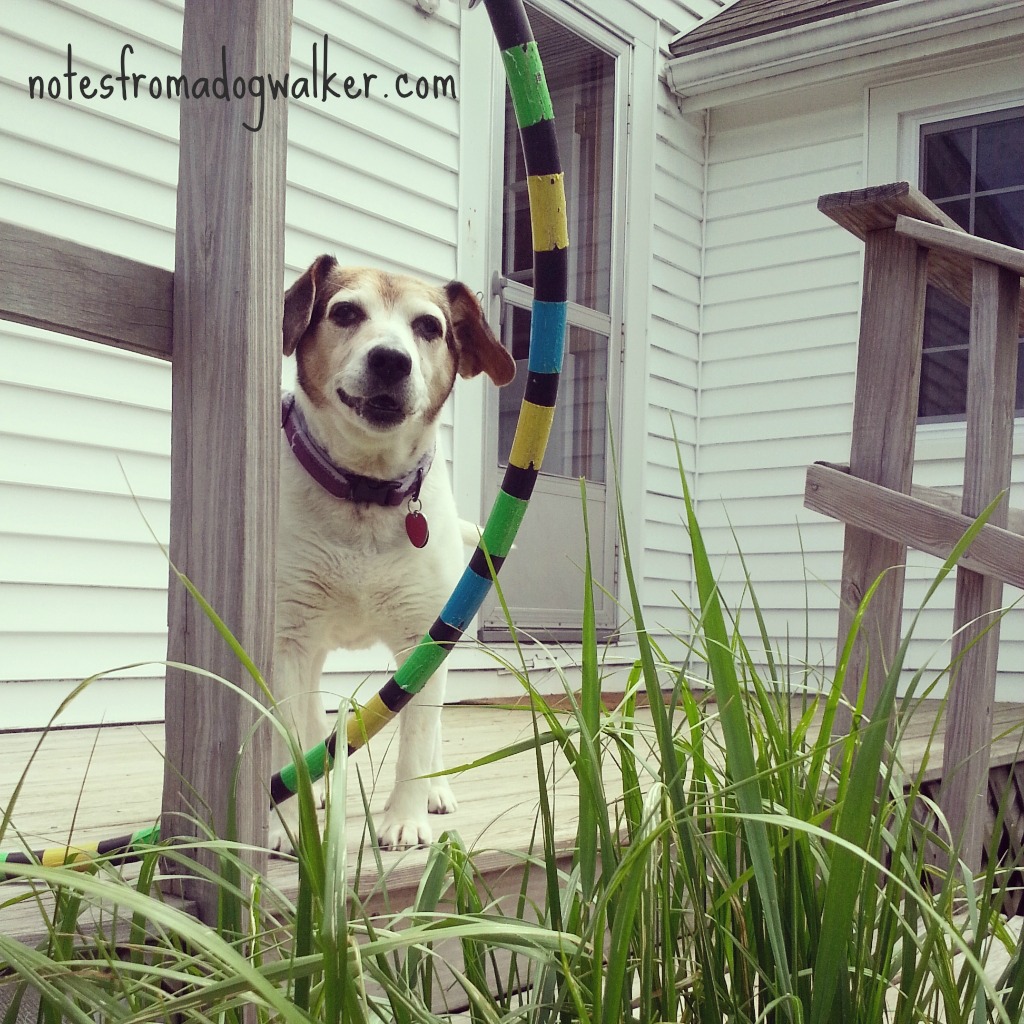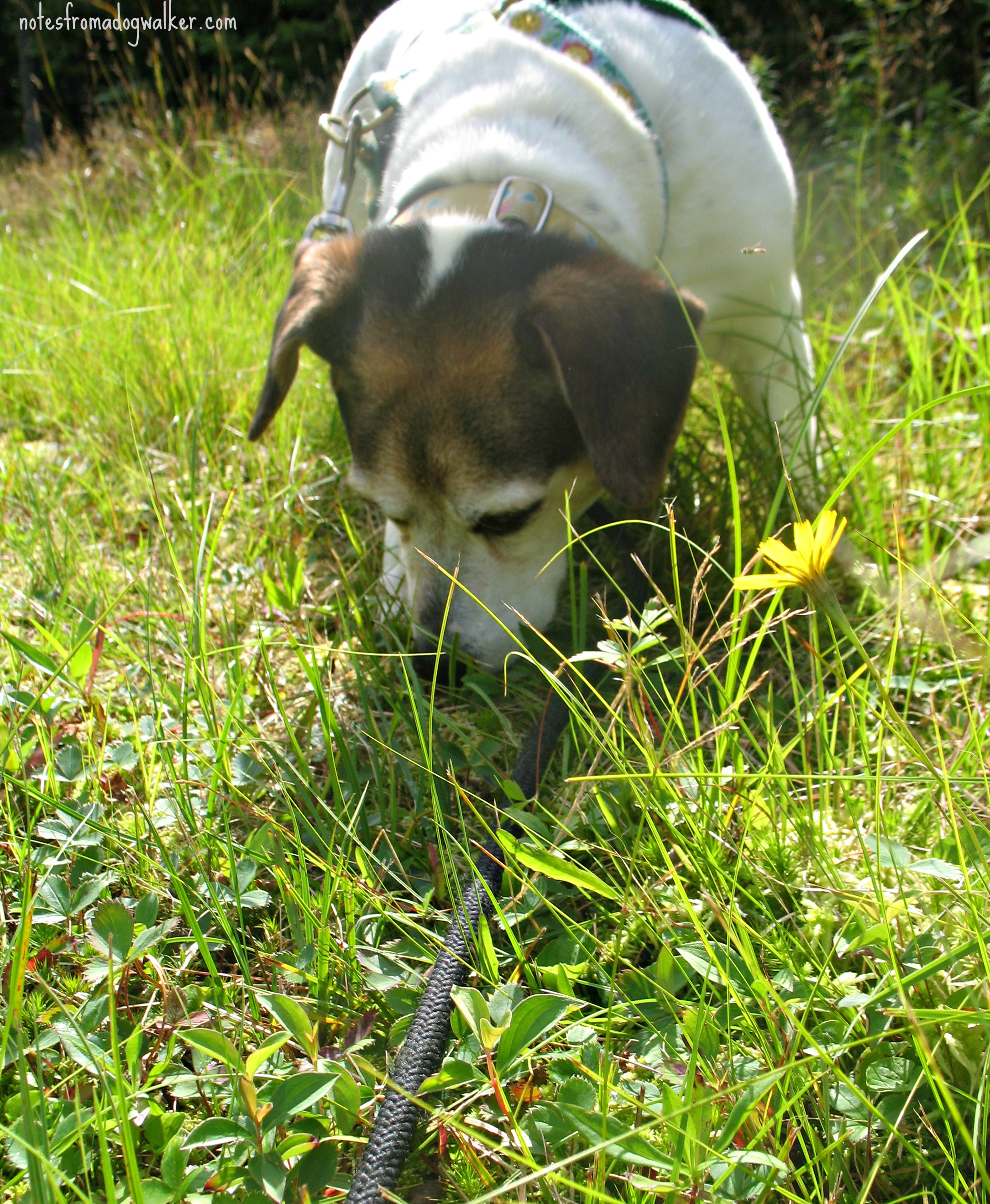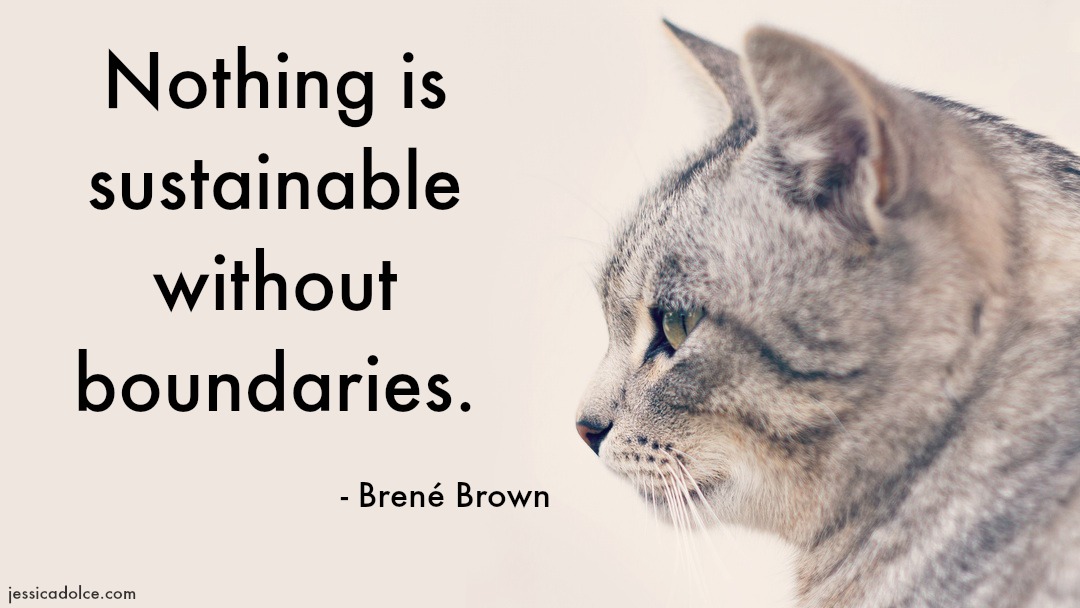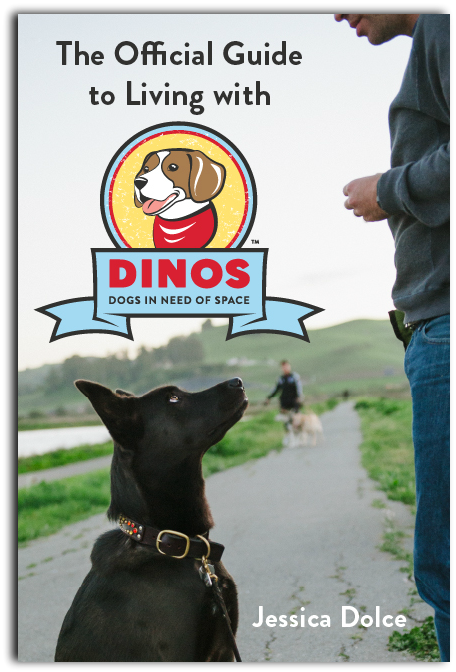If I tell someone that I work with dogs, it’s guaranteed that that person will ask me for advice about their dogs. This happens no matter where I am.
If I’m getting a massage, I get asked about house training problems. If I’m at the dentist, my hygienist wants to know how she can convince her mother not to be terrified of her pit bull (who is lovely, thank you very much). And when I’m at the gynecologist, my doctor is asking me about her elderly dog’s end of life issues.
Let me say this from years of experience with a variety of gynecologists who have nothing in common with one another except that they all like to talk to me about their dogs while they root around in my lady bits:
After someone’s had their hand in your vagina, it’s pretty easy to talk about euthanasia.
So there I was at my new doctor’s office, having never met her before, and she’s telling me about the wonderful dog her family adopted a few years ago from the animal shelter where I used to work. The dog, let’s call him Paps (ladies, are you with me here?), was pretty old now and had a whole host of expensive medical conditions.
His meds were running about $500 a month. My doc said she didn’t mind paying, even though that meant her family wouldn’t be able to afford a vacation this summer. She was really just so worried about her dog.
Was he ok? Was he suffering? Why didn’t she know if it was the right time to let him go?
Everyone kept telling her she’d “just know” when it was time.

photo credit: glamour magazine
Around this point in the conversation I wrapped that weird plastic sheet around me and sat up. “That’s not true for a lot of us. We don’t just know. Some dogs don’t magically tell us and we can’t figure it out, even though we love them. It’s ok if you don’t know.”
Tears. Hers.
She was relieved to know she wasn’t failing Paps. Because you know what “you’ll know when it’s time” implies? That if you don’t know, then you suck at loving them.
Doc thought that if she didn’t know the answer to this seriously important question, then that meant she didn’t really know her dog. How awful is that? On top of being torn up that your dog is old and sick, now you have to question whether or not you’re a good dog owner because you don’t “just know”?
I know we mean well when we say this (I know I’ve said it in the past) and it is true that sometimes we do “just know.” But this common advice winds up not only failing, but hurting, a lot of good people.
So, why wasn’t he just passing away quietly in his sleep? Would that happen, she wondered?
Maybe. But with the level of medical care she was giving her dog, Paps, like so many of our pets, was receiving life-extending treatment. It’s not like the old days – for pets or humans. Today we treat a lot of conditions we couldn’t years ago and that means that both pets and people may get to experience a long period of old age. And with it comes full on decrepitude and peeing in our beds (when we’re sober). Which means we need to actively make a choice on their behalf.
So when is it the right time?, she asked.
I told her what so many people have told me over the 15 years I’ve been caring for their pets:
Waiting too long, because we can’t bear to let them go, often results in a shit-storm of guilt later. If we let our pets suffer, because we’re not ready to lose them, then months and years later we’re stuck with a lot of guilt about the unnecessary pain we put them through. Often, it’s better to err on the slightly too soon side, then the slightly too late side of things.
Disclaimer: When I say “soon”, I don’t mean that the minute they have an accident or sneeze or fall over we should rush to put them to sleep (if that were the case I would have sent Birdie to meet her maker – Charles Schulz, I think – about 4 years ago). I really mean when things are already quite serious and the end is near.
But how will I know?
I told her about the Quality of Life scale which would help her measure the, uh, quality, of her dog’s life. She was so relieved to know this existed and that she would have something to help her measure this seemingly immeasurable thing. She thanked me profusely.
Tears again. Both of us this time. And a hug.
Then she stuck her hand back up my hoo-ha and talked to me about my cervix.
Later that night, when she opened my email that shared a link to the Quality of Life scale, Doc was sitting in her sons’ room waiting for her boys to fall asleep. Her boys wanted to know why she was crying. It was because, thanks to the scale, she now realized that old Pap had some life left to enjoy.
And when the time comes for her to make that inevitable and excruciating choice for her family member, now she knew that she didn’t have to hope that she’d “just know.” She’d have some help.
End of life issues are so complicated. People shouldn’t have to hope that a dog walker with no filter and no shame comes into their office for a birth control refill just so they can get sound advice about when they should put their dog to sleep.
Instead let’s make a point to talk about the hard stuff. Leave out the judgement and shaming and let’s do everything we can to help our family, friends, and clients be better prepared, so that they can make choices that support real quality of life for both them and their pets. And veterinarians, can you please do me a solid and make sure this Quality of Life scale (and hospice information) is easy to access? It’ll save me some weird moments next time I’m in stirrups at the doctor’s office. Many thanks.

Here are some resources about figuring out when it’s time, including the quality of life scale:
The “HHHHHMM” Quality of Life Scale by Dr. Alice Villalobos
Minimizing the stress of euthanasia by Dr. V of Pawcurious
How to say goodbye by Dr. Andy Roark (with other ways to measure quality of life)
And because I get asked about euthanasia for behavioral issues ALL the time, here are some wonderful, non-judgmental, realistic resources to help with that brutally painful and individual decision (really folks, we need to do a better job of openly talking about this too. I’ve had enough with the shaming and bullying around euthanasia. It’s not helping anyone when we go ALL CAPS about something as complex as this):
When is it time to put down a dog who is aggressive to people? by Patricia McConnell
When is it time to put a problem dog down? by Casey Lomonaco
Euthanizing Aggressive Dogs: Sometimes It’s the Best Choice by Phyllis DeGioia, editor Veterinary Partner and VetzInsight
The burden on euthanizing an aggressive dog by Mel of No Dog About It
Goodbye Huckleberry by Ana Poe – I read this years ago and it’s never left me. Such brave, compassionate, honest writing.





















